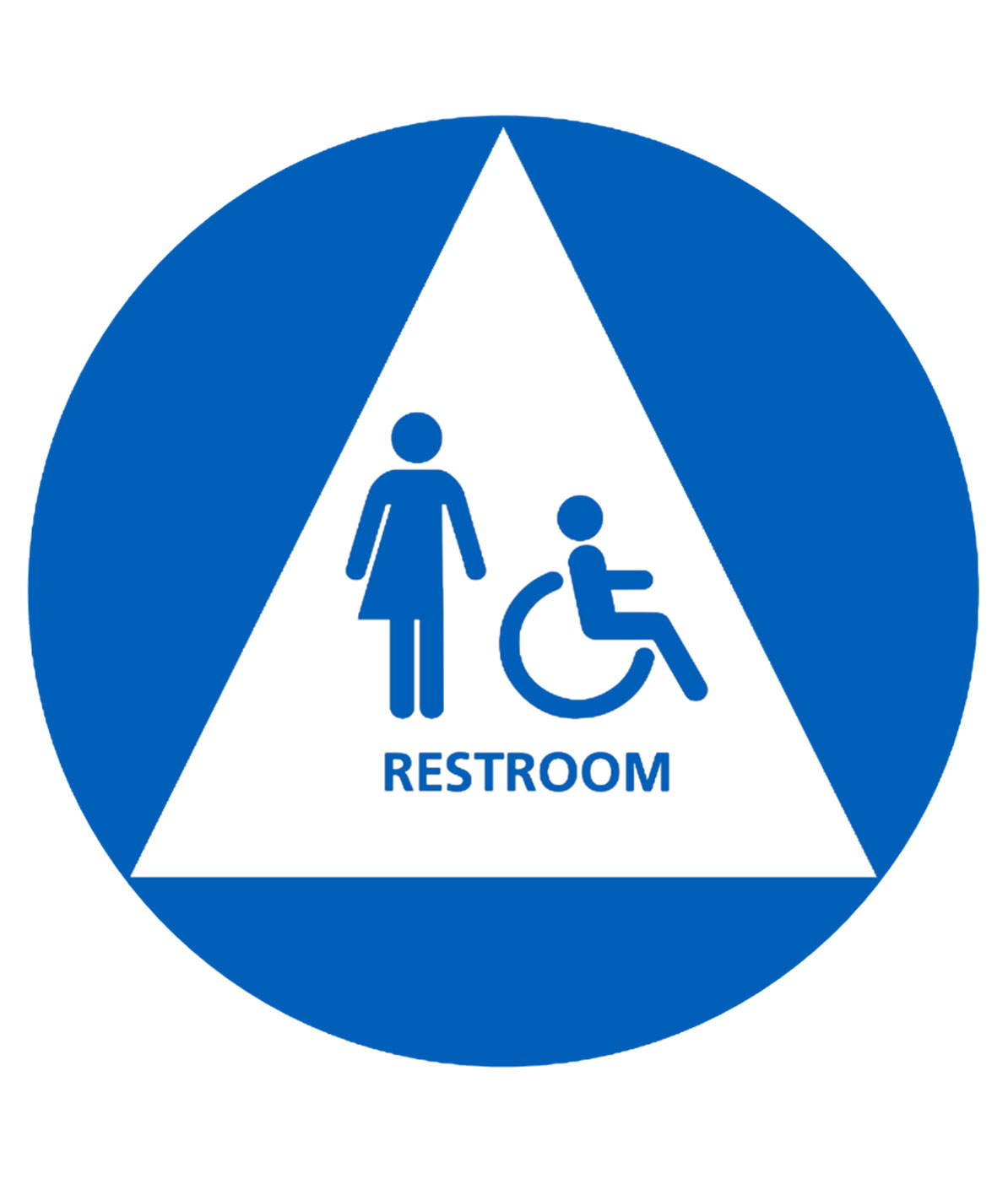Parking
The Caltrain parking fee is waived for any person with a disability whose car displays a disabled California license plate or parking placard issued by the California Department of Motor Vehicles. The car does not have to be parked in an accessible space for the fee to be waived.
Fares
Seniors and persons with disabilities who present a Regional Transit Connection Discount card, Medicare card or a Department of Motor Vehicles Disabled Person Placard Identification card may ride Caltrain at approximately one-half the one-way fare. To request a Regional Transit Connection Discount card with Clipper visit the MTC/511 website or call Clipper Customer Service at 1.877.878.8883 or Caltrain at 1.800.660.4287 (TTY only 650.508.6448).
Ticket Purchase
Caltrain operates a Proof-of-Payment system. One-way tickets, Day passes and Zone Upgrades can be purchased at ticket machines at each station . Clipper® is a fare payment method on Caltrain. Monthly passes, 8-ride tickets or cash may be loaded on the Clipper/RTC card.
How to Board the Train
Customers may use the lift or accessible ramp if they are in a wheelchair, have a mobility device or are unable to use the stairs. If you will need help boarding, or finding a seat, please wait on the blue boarding assistance square painted on the ground (at the north end of the platform) or sit on the boarding assistance bench in the same area. Conductors look for passengers in this area and will offer assistance.
For instructions on using the ramp or lift, please see Using a Wheelchair on Caltrain.
Visually Impaired
Be sure to stay clear of the tracks.
There are audio and visual announcements both on the train and at the station platforms. There are directional tiles leading to the ticket vending machines and to the boarding assistance area at the north end of the platform. The Clipper card readers emit a beep to make it easier for blind and low vision people to tap on and off. There is warning tile at the platform edge.
Hearing Impaired
There are visual and audio announcements on the train and on station platforms.
Onboard visual signs will indicate the next station.
On the Train
Every train car has priority seats for seniors and persons with disabilities. The seats are marked with a sign. If all of these seats are taken, ask a conductor for assistance.
Restroom Car
Each electric train has one restroom. The restroom car is marked by a restroom symbol on the door and is always second car from the north end.
South County Connector diesel trains have a restroom in each car.
Travel Training
Caltrain offers free 1-on-1 travel training to teach adults aged 18 and older on how to ride the train. Participants learn where to wait for the train; how to purchase tickets and tag Clipper; how to make connections and how to get help if lost or having trouble on the trip.
For more information about travel training, please call 650-508-6362 (TTY 650-508-6448) or email ambassador@samtrans.com.
Additional Resources
- Public Transit Travel Training Request Form (PDF, 295 KB)
- Consent and Authorization Form (required for Travel Training) (PDF, 140 KB)
Reasonable Modification
Caltrain is committed to making reasonable modifications to its policies, practices and procedures to ensure full access to its service for customers with disabilities. Visit the reasonable modification request page or call Customer Service at 1.800.660.4287 (TTY 650.508.6448).
Key Points
- Caltrain conductors will assist you to the best of their abilities to ensure that your ride on Caltrain is safe, smooth and comfortable. If you need assistance from the conductor, please ask.
- All accessible stations also have backup lifts on the platform if the onboard lift needs service.
- All cars are ADA accessible.
- Most stations have a public address system to announce emergencies and train delays. Many stations also have electronic message boards. On the train, automated visual and audio announcements provide passenger information.
Safety Note
Please remain behind the yellow line on the platform until the train has come to a complete stop. Some trains are expresses and do not stop at all stations. It is possible for both express and local trains to run on either track in either direction.
For more information, call 650.508.6202.
